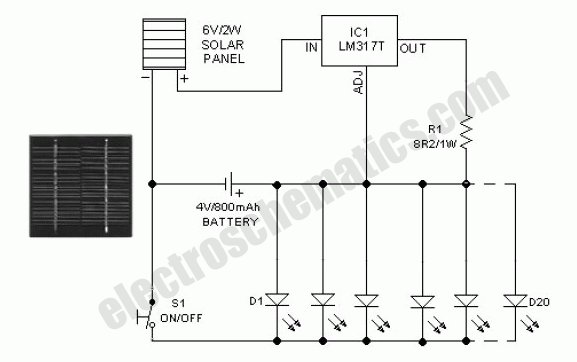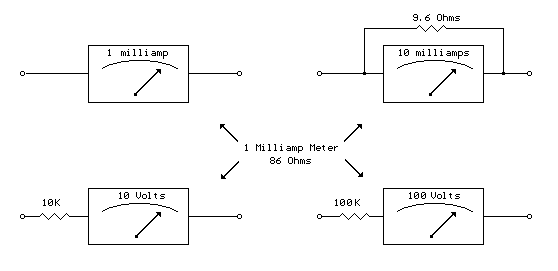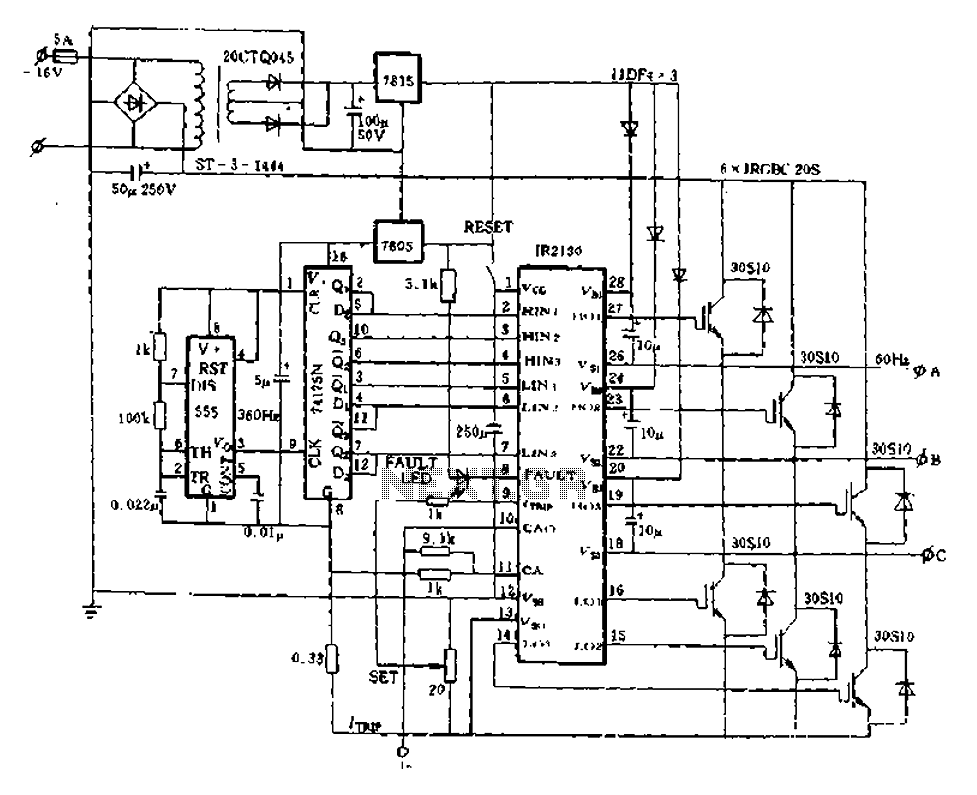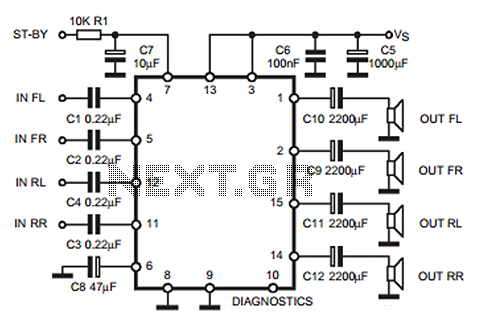
2450MHz end-stage linear power amplifier configuration of the circuit diagram RF2126
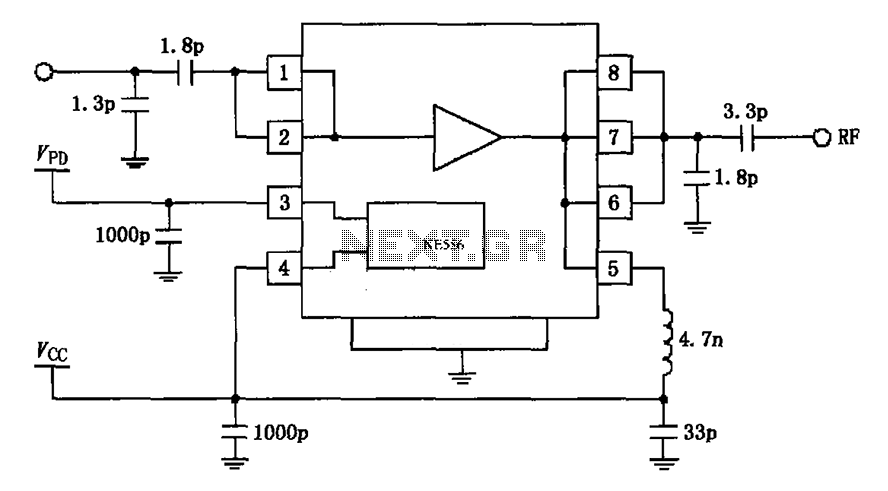
The circuit depicted in the figure is based on the RF2126, a 2450 MHz end-stage linear power amplifier. The radio frequency (RF) signal enters through input pin 1 and is subsequently amplified by the amplifier stages (pins 5, 6, and 8). Input pin 1 is directly coupled to the internal amplifier, requiring a blocking coupling capacitor. This capacitor has a capacitance value ranging from 1.8 to 2.0 µF, and the input impedance at pin 1 is 50 ohms. The specified capacitance and inductance values are typical for operation at a frequency of 2450 MHz.
The RF2126 is designed for applications that demand high linearity and efficiency in the amplification of RF signals. The device operates within the 2.4 GHz ISM band, making it suitable for various wireless communication protocols. The amplifier's architecture typically includes multiple gain stages, enhancing signal strength while maintaining signal integrity.
The input stage, connected to pin 1, is critical for ensuring optimal signal transfer from the source to the amplifier. The blocking coupling capacitor serves to prevent DC voltage from affecting the signal path, thereby protecting the subsequent amplifier stages. The choice of a capacitor value between 1.8 µF and 2.0 µF is essential for matching the input impedance to the characteristic impedance of the RF signal, which is standardized at 50 ohms in many RF applications.
The output stages of the RF2126, represented by pins 5, 6, and 8, are designed to deliver the amplified RF signal to the load while minimizing distortion. The circuit layout should consider the transmission line effects and impedance matching to ensure maximum power transfer and minimize signal reflections. Proper grounding and decoupling techniques are also vital in maintaining the performance of the amplifier, especially at high frequencies.
In summary, the RF2126 amplifier circuit is a sophisticated design suitable for high-frequency applications, with careful attention paid to component selection and circuit layout to achieve reliable and efficient RF signal amplification. As shown in FIG constituted by RF2126 2450MHz end-stage linear power amplifier circuit. Radio frequency (RF) signal from the input pin 1, after amplified by the amplifier 7 fee t (5,6,8) output. Pin 1 is directly coupled to the internal amplifier, so a foot plus a blocking coupling capacitor. Blocking coupling capacitor has a capacity of 1.8 ~ 2.0 F, 1 foot input impedance of 50. Figure capacitance and inductance values are typical values 2450MHz frequency when.
The RF2126 is designed for applications that demand high linearity and efficiency in the amplification of RF signals. The device operates within the 2.4 GHz ISM band, making it suitable for various wireless communication protocols. The amplifier's architecture typically includes multiple gain stages, enhancing signal strength while maintaining signal integrity.
The input stage, connected to pin 1, is critical for ensuring optimal signal transfer from the source to the amplifier. The blocking coupling capacitor serves to prevent DC voltage from affecting the signal path, thereby protecting the subsequent amplifier stages. The choice of a capacitor value between 1.8 µF and 2.0 µF is essential for matching the input impedance to the characteristic impedance of the RF signal, which is standardized at 50 ohms in many RF applications.
The output stages of the RF2126, represented by pins 5, 6, and 8, are designed to deliver the amplified RF signal to the load while minimizing distortion. The circuit layout should consider the transmission line effects and impedance matching to ensure maximum power transfer and minimize signal reflections. Proper grounding and decoupling techniques are also vital in maintaining the performance of the amplifier, especially at high frequencies.
In summary, the RF2126 amplifier circuit is a sophisticated design suitable for high-frequency applications, with careful attention paid to component selection and circuit layout to achieve reliable and efficient RF signal amplification. As shown in FIG constituted by RF2126 2450MHz end-stage linear power amplifier circuit. Radio frequency (RF) signal from the input pin 1, after amplified by the amplifier 7 fee t (5,6,8) output. Pin 1 is directly coupled to the internal amplifier, so a foot plus a blocking coupling capacitor. Blocking coupling capacitor has a capacity of 1.8 ~ 2.0 F, 1 foot input impedance of 50. Figure capacitance and inductance values are typical values 2450MHz frequency when.
